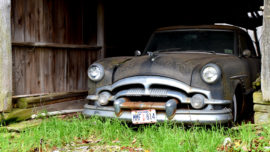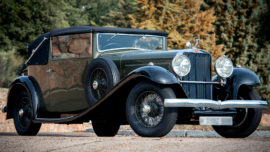In Barcelona, as in other large cities in Europe, we can trace the history of the taxi back to the 19th century, when passenger transport was covered by carriages. These horse-drawn carts were a service for the citizen, who paid the amount stipulated on each previous journey according to the rates established to reach their destination.
We are talking about the 19th century, but in 1654, in London, the first rental carriage service was documented within a regulated framework for the city’s public transport.
However, motor taxis emerged in our city around 1906. There were not many, only 6, but more than enough to cover the low demand of the time.
During those first years, motorized vehicles coexisted with Barcelona and shared with horse-drawn carriages. In 1910, the first automakers such as Hispano Suiza began to operate the first fleets of taxis with their own drivers and in a few years, the sector was developed with a few companies and individual professionals.
One of the first autonomous taxi drivers of which there is evidence is Martí Vidal, whose Fiat 12 HP was a regular on the corner of Aribau and Diputació in front of Café Tupinamba, an establishment that grouped together a potential customer of his service. We’re talking about the year 1912.
By the year 1920 there were already about 250 taxis and 64 established stops. The service was not the most used in the city, and there was still no custom of stopping cars in circulation.
The 1929 World Expo was a before and after in the history of the taxi. In those few years, the fleet grew to 4,000 vehicles. Let’s not forget that at that time Barcelona had just under a million inhabitants. Once the World Expo was over, the oversupply triggered a trade war that led to the closure of companies.
In 1930, by mandate of the City Council, the sector was regulated with guidelines such as the obligation to previously have a minimum experience of two years as a driver to obtain the license, a fare of 60 cents per peseta per kilometer and the color yellow as a distinctive color in the vehicle.
The history of the taxi has evolved a lot from then to the present day, where we can see driving cars whose hybrid technology benefits us from its efficiency and low consumption, as well as the incorporation of mobile applications to request a travel service. Zolty App makes the difference in terms of benefits for this type of technology, you just have to take a look at our service and its features to check it.










0 comments
Write a comment